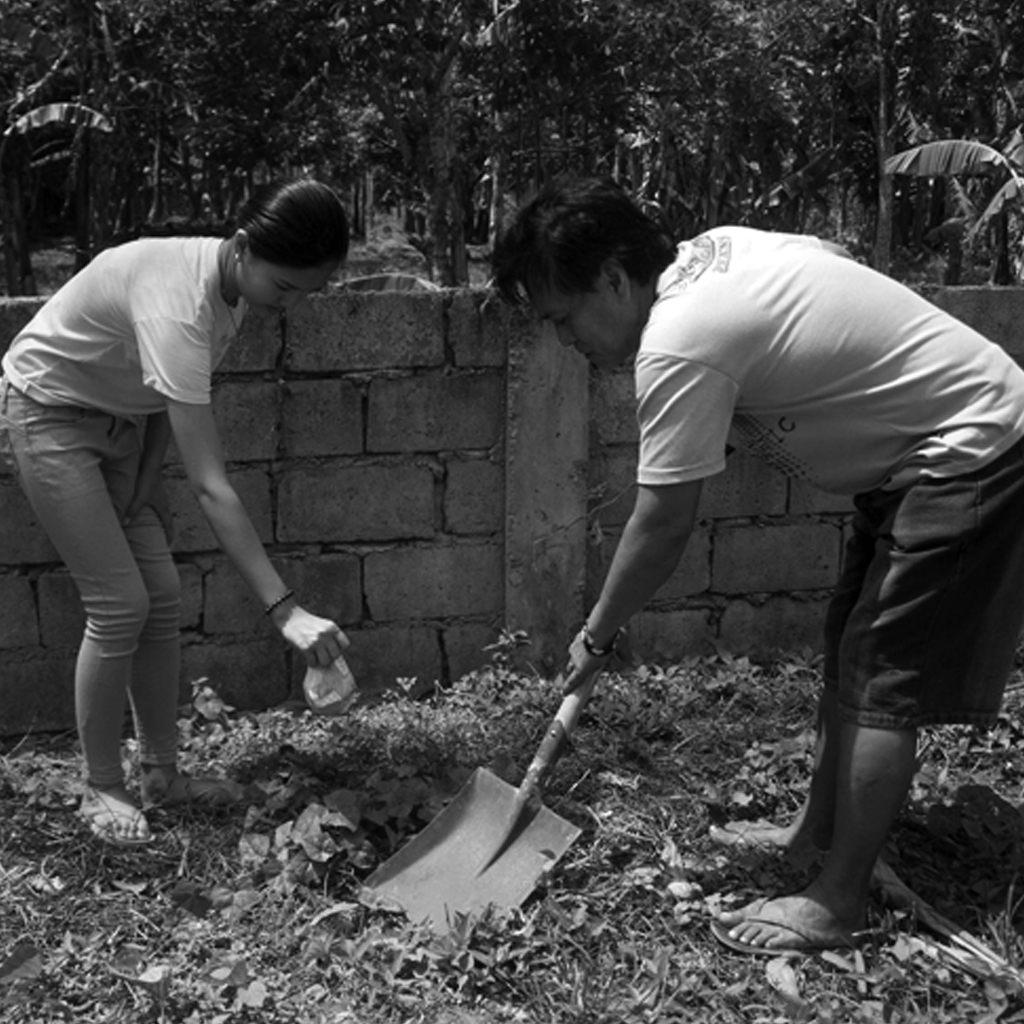In Korea, there are a number of different superstitions and beliefs that may come into play when you choose to move locales. In this publication, we will introduce the 4 most important traditional practices before Koreans are ready to move into their new homes.
Pick an auspicious day to move into a new home
For starters, many Koreans have a special almanac that records what days are and are not auspicious. These almanacs are similar to ones found in other parts of Asia and use astrology to determine what days and times are ideal for certain activities.
And as it so happens, some individuals and moving companies will wait until an auspicious day to move or a “son obneun nal“. That means a day where evil and malevolent spirits and ghosts are not active and stirring about the human realm!
In the case you can’t completely move in on an auspicious day, it is important to leave your old house a bit messy so the evil spirits and ghosts that may be following you and your family remain at the old house and don’t follow you!
But once you move in, there are a few more rituals to perform to make sure your luck is high and your bad luck is kept at the minimum. House entry and new house rituals can be performed by a shaman. We’ll discuss them below.
Red Beans & Talisman Papers (Bujok)
At the most basic, one may spread red beans across the house to banish any evil spirits from the premises. Another practice is the use of talisman papers or bujok. Bujok papers resemble other types of talisman papers in Asia. They feature esoteric Buddhist and shamanic symbols along with Classical Chinese printed in red ink on yellow paper. They can be pasted up around the house, usually in auspicious spots, or in areas where certain energies are meant to be blocked or redirected or ushered in more. One can purchase these protective charms from Buddhist monks or shamans.
Offering Rice & Wine (Iptaekgosa)
More elaborate rituals include the iptaekgosa. This ritual includes bowing and offering rice cake and wine to Seongju, the deity of the house who is often in the form of a folded piece of white cloth. Seongju protects the house and brings in prosperity. Once the ritual is complete, the rice cake is cut up and a piece is placed in each corner of the house. Then, neighbors are invited in for the jipdeuri, which is similar to a standard housewarming party.
New House Cleaning Party
A more mundane practice includes the new house cleaning party. While the act of cleaning the new house may be connected to cleansing the space of any old or evil spirits, it certainly also has the practical function of just making your new house a clean space to live in! So if you plan on moving someplace in Korea, make sure to grab a bujok paper and consult your almanac, lest evil spirits chase you to your new house!
Sources:
- Archive. “Behind the Myth: Moving Day.” Gwangju News Online, 29 Oct. 2012, gwangjunewsgic.com/arts-culture/korean-myths/behind-the-myth-moving-day/.
- Kalbi. “Some Interesting Korean Superstitions.” Korean Culture Blog, 16 Oct. 2016, koreancultureblog.com/2016/10/16/some-interesting-korean-superstitions/.
- 국립민속박물관 . “House Entry Ritual.” Encyclopedia of Korean Folk Culture, folkency.nfm.go.kr/en/topic/detail/2687.



No Comments